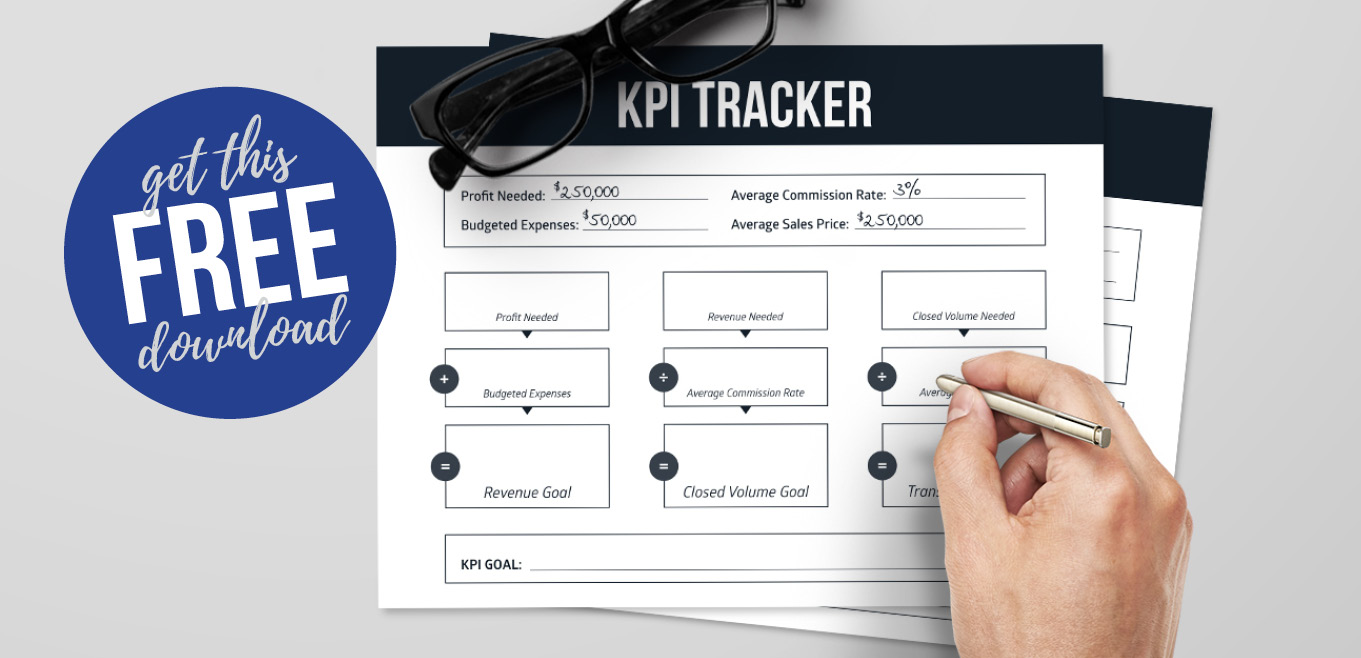If you think back to your school days, you likely remember the many ways in which teachers measured your progress—tests, report cards, mid-semester reviews, etc. There are often similar procedures in the business world, such as KPIs that must be hit, monthly check-ins, and annual performance reviews.
However, if you’re in business for yourself, it can be a lot more challenging to prioritize checking in on your own progress. Still, keeping track of your goals (and where you’re at in meeting them) is incredibly important to your success. Without the ability to measure your growth, how can you know what changes need to be made, what areas of your business need development, and the processes that are working?
The following tips are designed to help you build a strategy to measure the health of your business and identify areas of self-development that can take your business to the next level.
Set clear (and actionable) KPIs

Having goals for yourself and your business is one thing—but making sure your goals are trackable and realistic is a completely different story. At the start of each week, month, and year, you should establish a clear cut set of KPIs that will help you measure the progress of your business. Depending on the purpose of your business, you can categorize KPIs into areas such as number of new sales, new product launches, revenue, ad spending, and leads generated, for example.
Once your KPIs are established, develop a way to keep track of them. This can be in something as simple as an Excel spreadsheet that you update frequently—as long as you are logging your progress somewhere. This will also make it easier for you to determine what areas of your business need the most attention, giving you the opportunity to make impactful changes. You can also download this free KPI Tracker that is shown above to keep track of your goals and budget on paper.
The means to an end

In order to hit your KPIs, you’ll need to outline actionable steps you and your employees can take daily that will contribute to your goals. If one of your KPIs is to make 500 new sales by the end of the year, for example, how many sales does that equate to per week? Per month? A less concrete example could be a KPI to hire two new employees per quarter. What transitions need to take place to accommodate these new employees? What kind of training will they require?
Breaking each KPI into smaller pieces will make them feel more manageable but also helps you and your employees better understand the role each person plays in making them happen. Setting daily expectations is just as important as long-term goals.
Practice personal development

Time management is perhaps the most important skill a small business owner can learn. While managing your employees’ time might take precedent in your schedule, there should be a balance between the time you take to improve employee performance and the time you take to better your own management skills.
Setting aside time for inward reflection and actually following through on those promises to yourself will only be a benefit to your business. Start by looking at the areas of your business that need improvement. Maybe you’re lacking a social media presence, which could help you grow your book of business and acquire new clients. Or maybe your ads don’t seem to get the kind of response you’re looking for. Now, what can you do to implement changes in these areas? You could consider enrolling in a course to help you grow you social media presence (or check out the dozens of free resources in the ReminderMedia Resource Library). You could also search for a graphic designer to partner with and improve the look and messaging in your digital and print ads.
Long story short, there are plenty of ways that making an effort to be a better leader will ultimately benefit your business as a whole—you just have to know where to start. Keep tabs on what pieces of your business aren’t functioning as well as they should be, as well what is working. That way, you know exactly what you need to do to drive growth.















